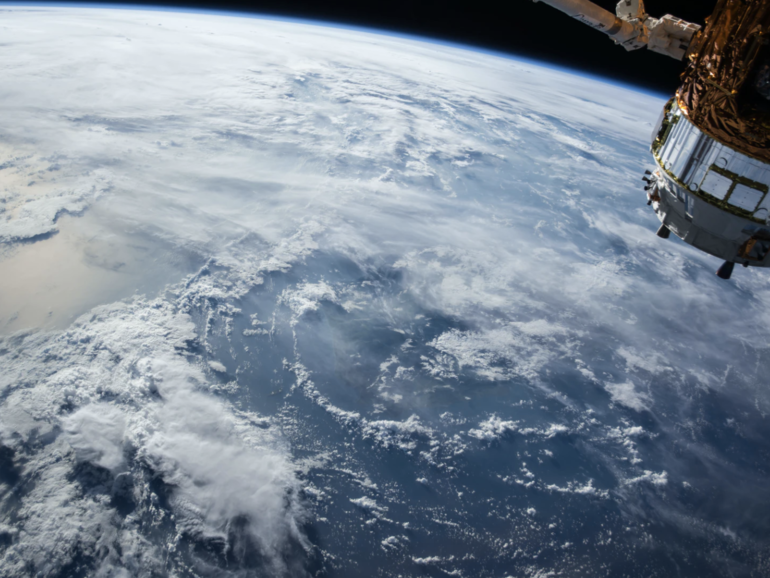The European Space Agency (ESA) has launched a recruitment drive with a focus on improving diversity in astronaut ranks.
On Tuesday, the ESA — Europe’s equivalent to NASA — announced a recruitment initiative seeking women and those with disabilities.
In total, 495 out of 560 people sent to space have been men, as noted by the AP. In total, only two of the 65 women have been European, whereas the rest are from the United States.
The European women are Claudie Haigneré and Samantha Cristoforetti. Haigneré, from France, acted as a research cosmonaut and performed experiments in physiology, developmental biology, fluid physics, and technology on the Cassiopée mission.
Haigneré was also the first female European astronaut on a taxi flight to the International Space Station (ISS) in 2001.
Italy’s contribution was Cristoforetti, a member of the Italian Air Force before being selected as an ESA astronaut in 2009. Cristoforetti spent 200 days in space during the Italian Space Agency’s Futura mission between 2014 and 2015.
According to ESA Director General Jan Woerner, as the agency turns its attention to missions focused on both the Moon and Mars, the ESA needs to “look wider than we ever have before” to secure “very excellent astronauts.”
The recruitment drive, the first in 11 years, is also seeking applicants with disabilities.
“Representing all parts of our society is a concern that we take very seriously,” commented David Parker, ESA Director of Human and Robotic Exploration. “Diversity at ESA should not only address the origin, age, background or gender of our astronauts, but also perhaps physical disabilities.”
Also known as the Parastronaut Feasibility Project, the process will select an astronaut “with a certain degree of physical disability.”
According to the space agency, applicants who are “psychologically, cognitively, technically, and professionally qualified” are encouraged to apply. While current space hardware may have ensured that particular physical limitations would disbar them from applying previously, the ESA says it is willing to invest in adaptations to allow them to serve as crew members.
“There are many unknowns ahead of us, the only promise we can make today is one of a serious, dedicated and honest attempt to clear the path to space for an astronaut with disability,” the agency says.
Taking inspiration from the International Paralympics Committee, the ESA has requested applicants with a “lower limb deficiency” — perhaps caused by amputation or congenital problems — that are either single or double through the ankle or below the knee. In addition, the agency will consider leg length differences, such as missing or shortened limbs, and people of “short stature,” or below 130cm in height.
The ESA is working with international and commercial partners to ascertain how possible it would be to fly the chosen candidate to the ISS on a “safe and useful ESA mission.”
Applications open from 31 March 2021 and will last eight weeks. The selection process will then begin in which a small group will be selected by or before October 2022. Interested parties can apply through the ESA’s careers website.
Previous and related coverage
Have a tip? Get in touch securely via WhatsApp | Signal at +447713 025 499, or over at Keybase: charlie0
